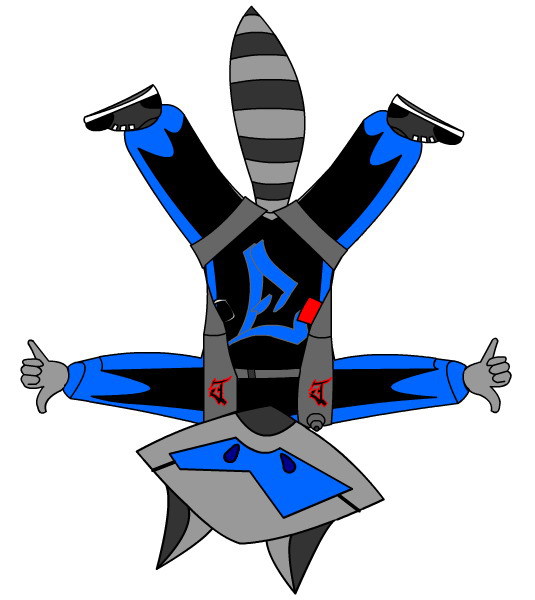audacium 0
Quote
Normally functioning? - no reason to chop:) but if you plan to do stall exercise - something could go wrong...
I know, why people open chest strap and do the same on regular jump:) my question was related to stall practice...
Agreed and good point, so you should not open your chest strap to the point where you can fall out. I think one of the main reasons to cut away comes from twists which make the canopy spiral, so for me I will try to avoid twists in the first place. I think the chance of twists rises dramatically if you leave the chest strap completely closed.
Quote
Agree, but heard the opinion of one of the local skygod that small fun canopies doesn't like stall at all...
Yeah, that is very well possible, probably if I flew a small elliptical canopy I would also contact the manufacturer and find out what they say about stall properties of the canopy.
--
Eduard



Normally functioning? - no reason to chop:) but if you plan to do stall exercise - something could go wrong...
I know, why people open chest strap and do the same on regular jump:) my question was related to stall practice...
Is it reasonable to stall small elleptical canopy?
I do not know where it begins to get "too hot" and down to which canopy size / platform a stall is well manageable. But in general I would say...do it high (and possible over water with a rescue boat)...then yes it might be very reasonable. The more you know about your canopy the better.
Agree, but heard the opinion of one of the local skygod that small fun canopies doesn't like stall at all...